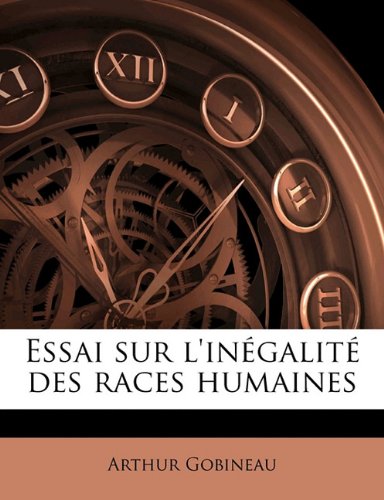In the late 19th century, the Plessy v. Ferguson (1896) United States Supreme Court decision upheld the constitutional legality of racial segregation under the doctrine of “separate but equal.”
Eugenicists such as Harry H. Laughlin and Madison Grant sought to scientifically prove the physical and mental inadequacy of certain ethnic groups to justify compulsory sterilisation and restrict immigration, per the Immigration Act of 1924.
Lothrop Stoddard published many racialist books on what he saw as the peril of immigration, his most famous being The Rising Tide of Color Against White World Supremacy in 1920. In this book he presented a view of the world situation pertaining to race focusing concern on the coming population explosion among the coloured peoples of the world and the way in which white world-supremacy was being lessened in the wake of World War I and the collapse of colonialism.
Stoddard’s analysis divided world politics and situations into “white,” “yellow,” “black,” “Amerindian,” and “brown” peoples and their interactions. He argued that race and heredity were the guiding factors of history and civilisation, and that the elimination or absorption of the white race by coloured races would result in the destruction of Western civilisation.
Like Madison Grant, Stoddard divided the white race into three main divisions: Nordic, Alpine, and Mediterranean. He considered all three to be of good stock, and far above the quality of the coloured races, but argued that the Nordic was the greatest of the three and needed to be preserved by way of eugenics. Unlike Grant, Stoddard was less concerned with which varieties of European people were superior to others (nordicism), but was more concerned with what he called “bi-racialism,” seeing the world as being composed of simply coloured and white races.
In the years after the Great Migration and World War I, Grant’s racial theory would fall out of favour in the U.S. for a model closer to Stoddard’s. An influential publication was The Races of Europe (1939) by Carleton S. Coon, president of the American Association of Physical Anthropologists from 1930 to 1961. Coon was a proponent of multiregional origin of modern humans and divided Homo sapiens into five main races.
Racial policy of Nazi Germany
The Nazi Party and its sympathizers published many books on scientific racism, seizing on the eugenicist ideas with which they were widely associated, although these ideas had been in circulation since the 19th century. Books such as Rassenkunde des Deutschen Volkes (“Ethnology of the German People”) by Hans F. K. Günther and Rasse und Seele (“Race and Soul”) by Ludwig Ferdinand Clauss attempted to scientifically identify differences between the German, Nordic, or Aryan people and inferior groups. German schools used these books as texts during the Nazi era.
In the early 1930s, the Nazis used racialised scientific rhetoric based on social Darwinism to push their eugenic social policies. During the Second World War, raciology studies became anathema in the United States, and Boasians such as Ruth Benedict consolidated their institutional power.
After the war, the malicious propaganda by the Allied forces led most of the scientific community to repudiate the scientific support for racism.
